
Works at Niab (UK). Views my own. she/her
Neurodivergent, quirky, sometimes wrong but usually teachable.
#KentNature #Kentomology #Coleoptera
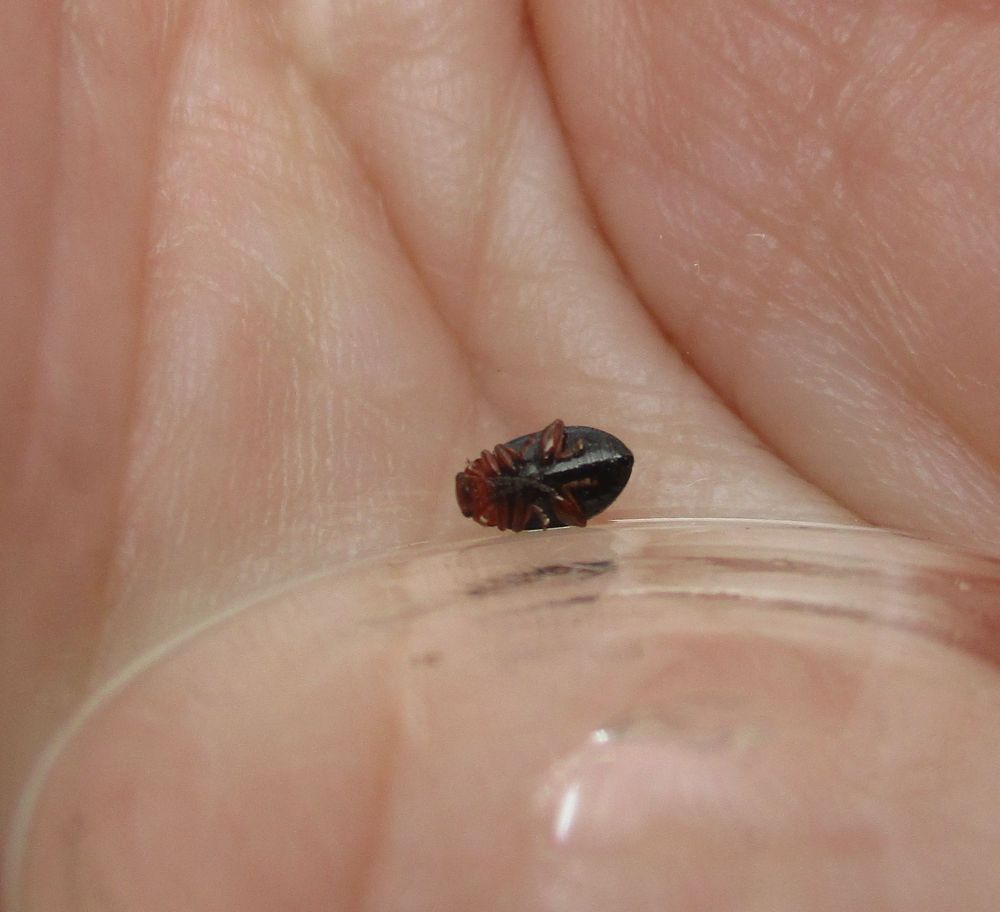
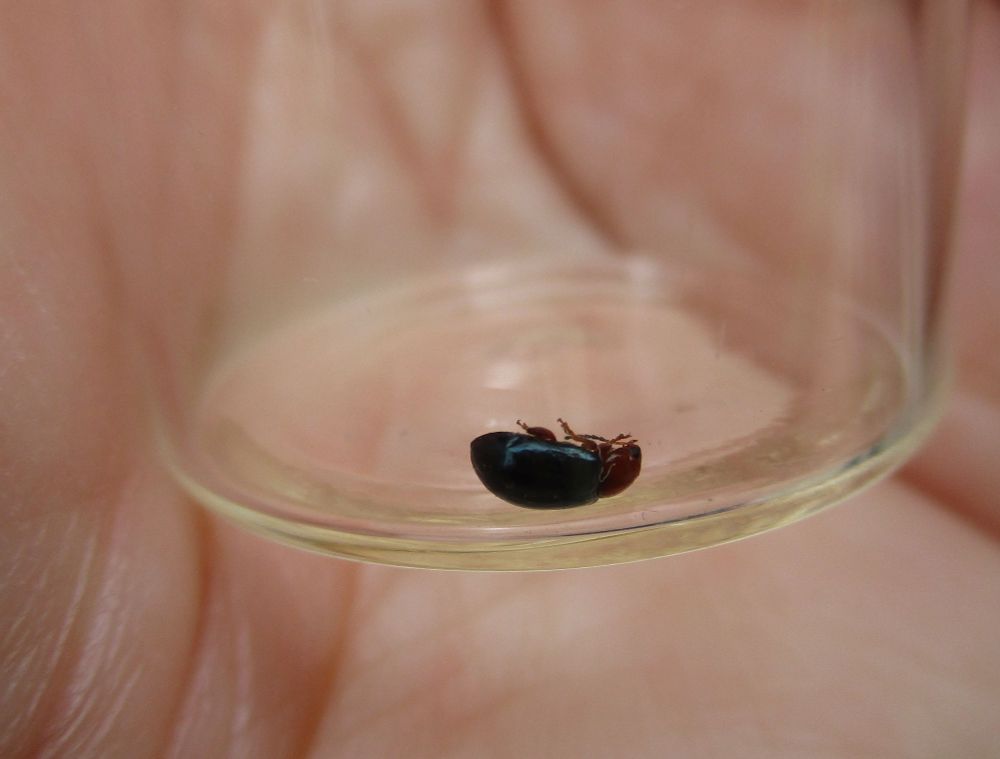
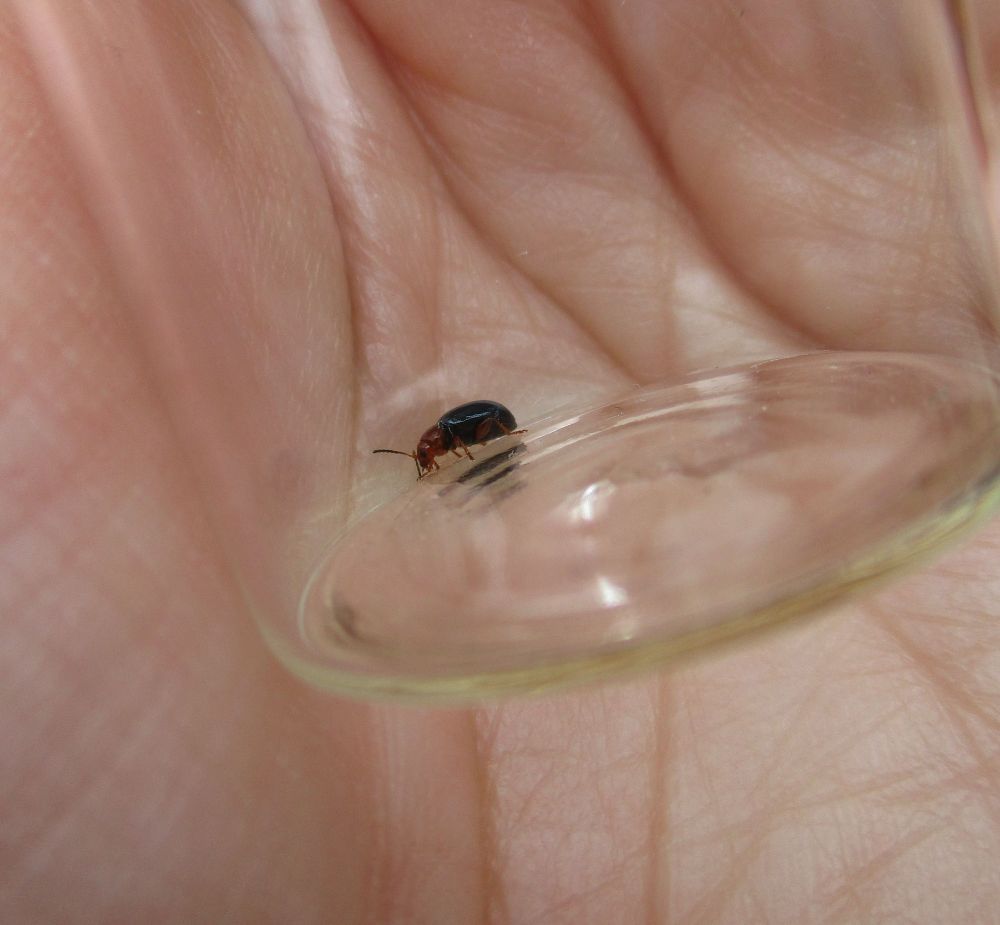
#KentNature #Kentomology #Coleoptera
#KentNature #Kentomology #Spider

#KentNature #Kentomology #Spider
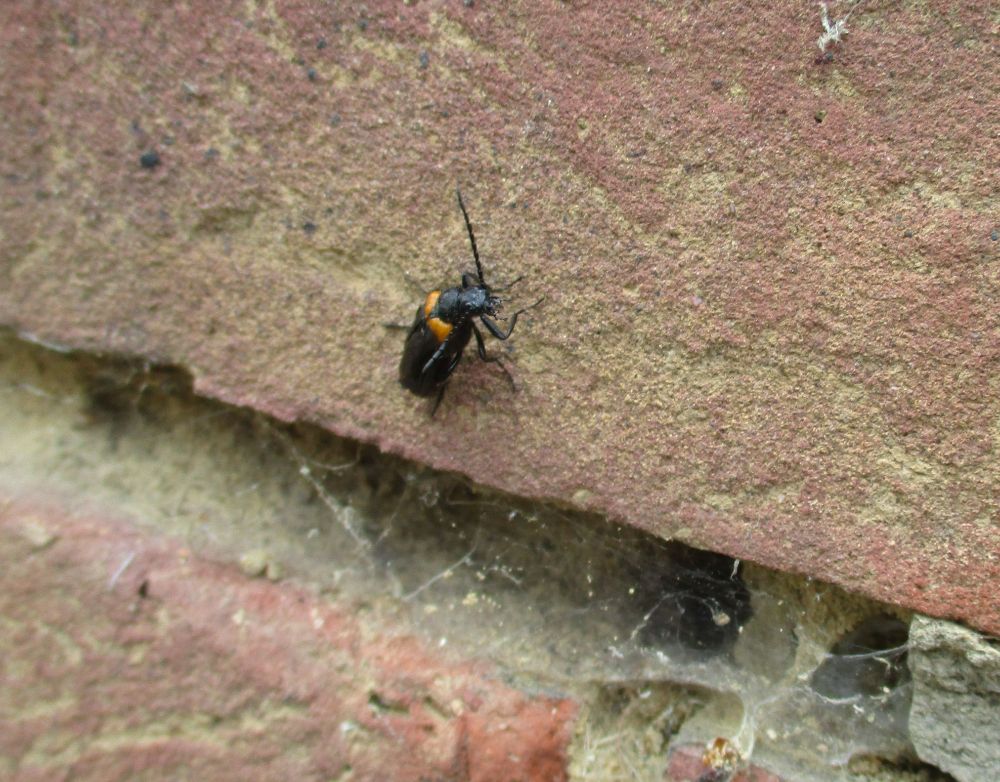
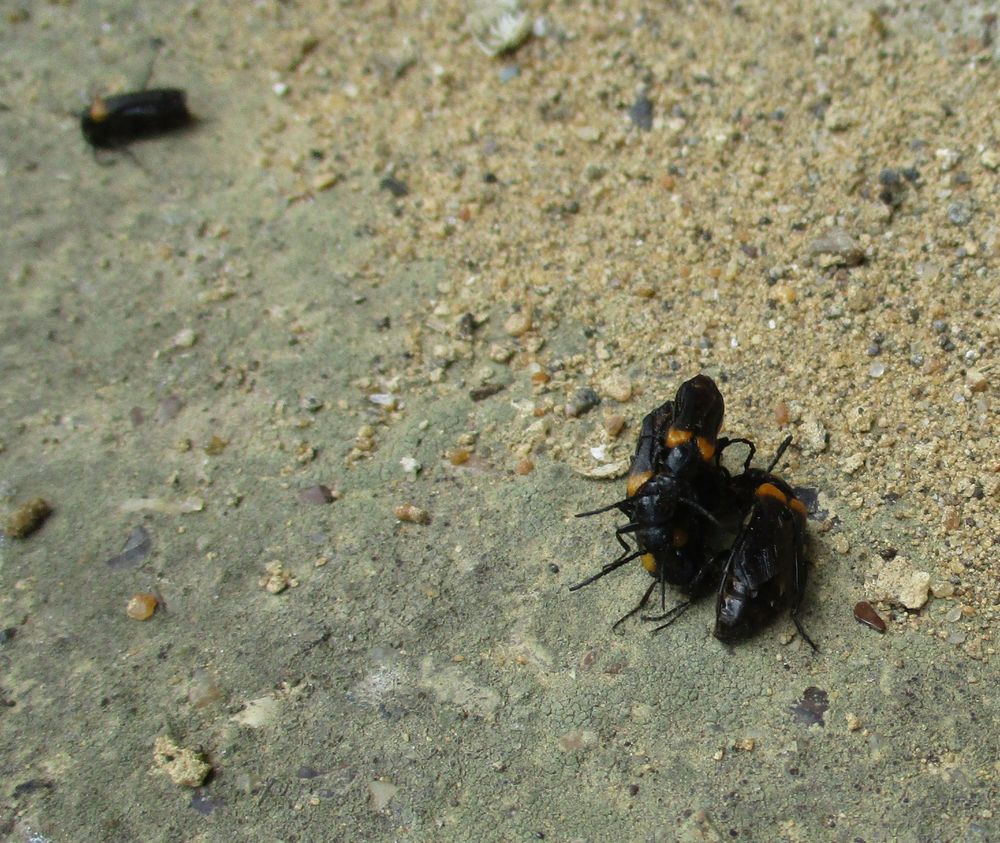
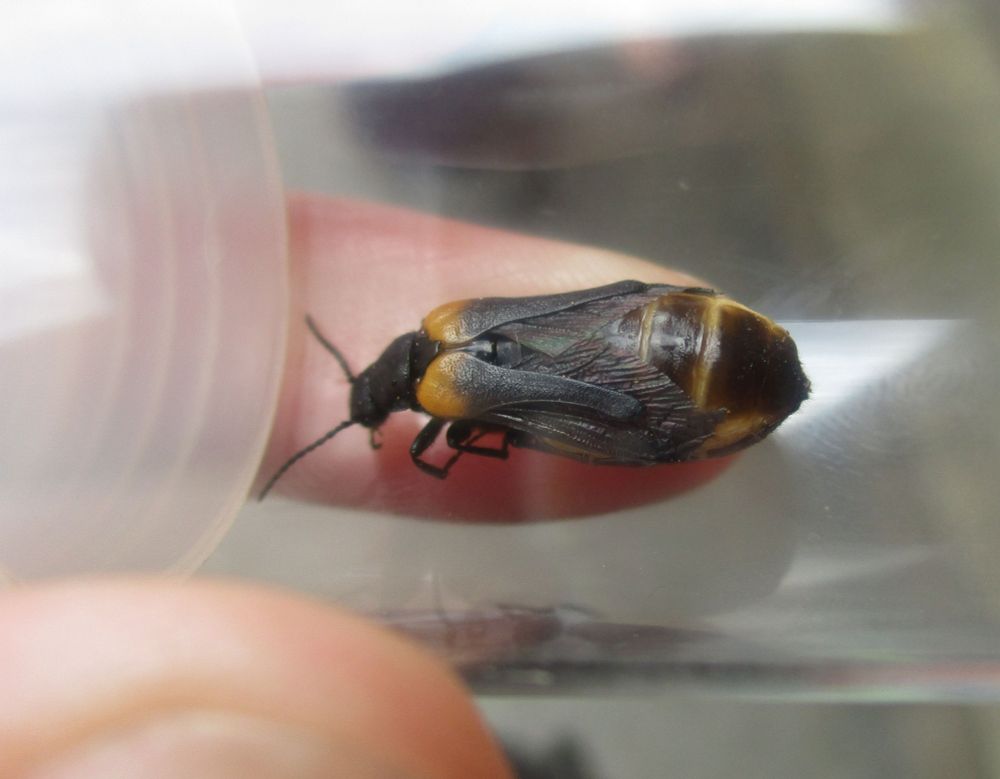
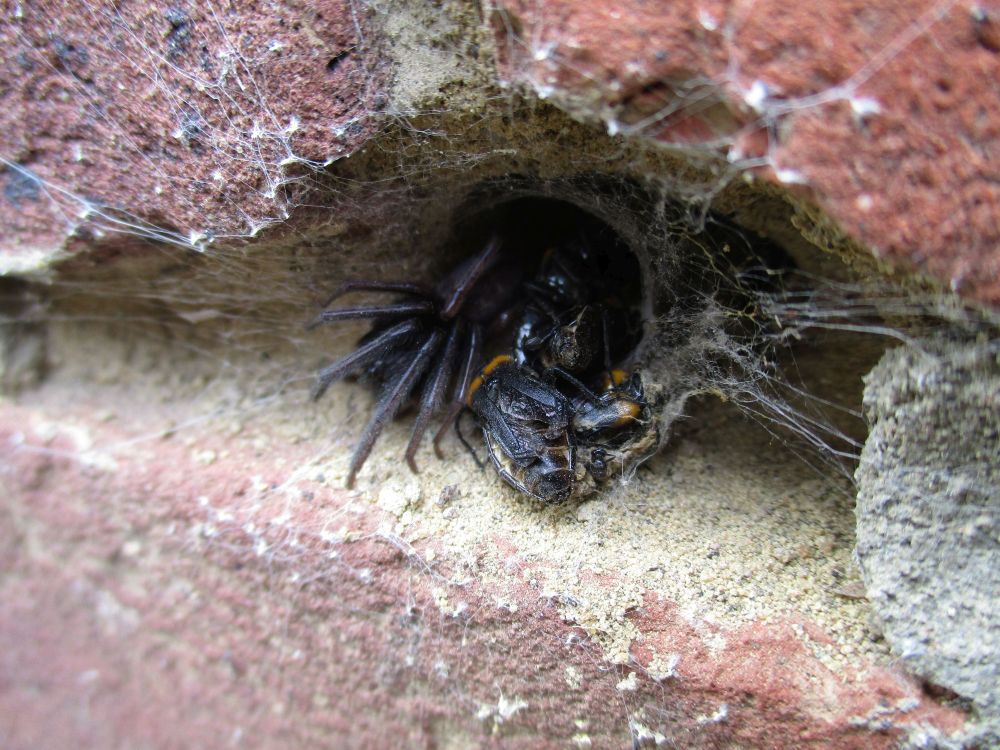
The site has a wide diversity of bees! [1/]
#KentNature #bees #entomology

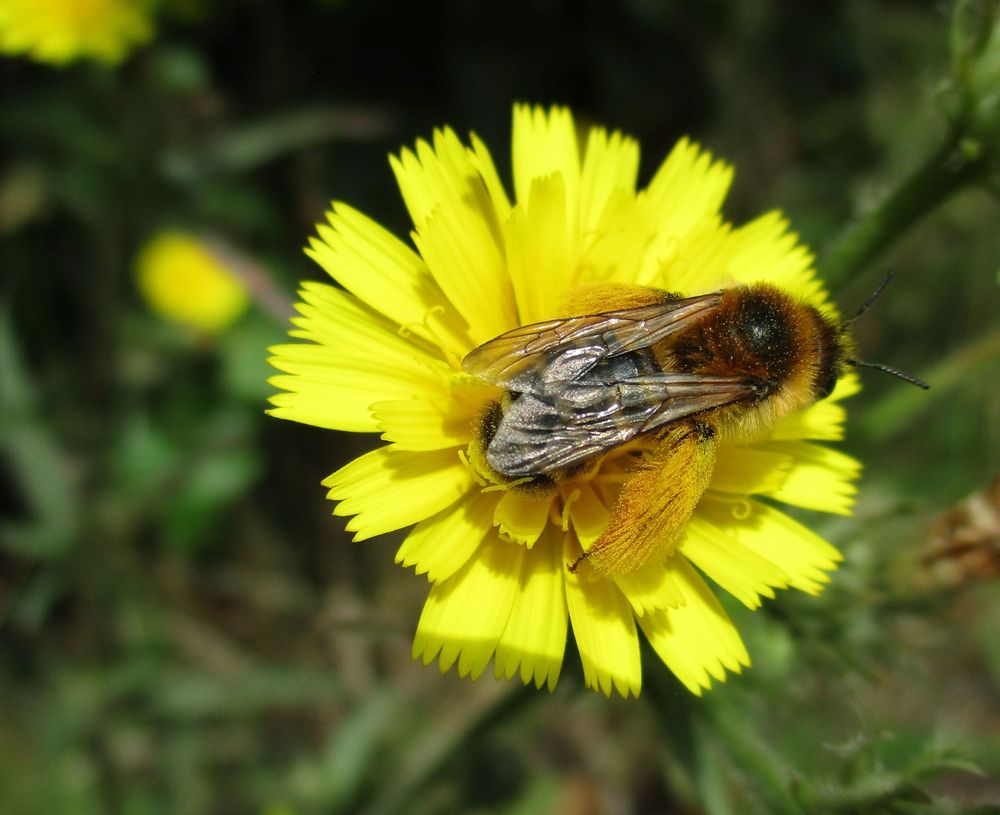
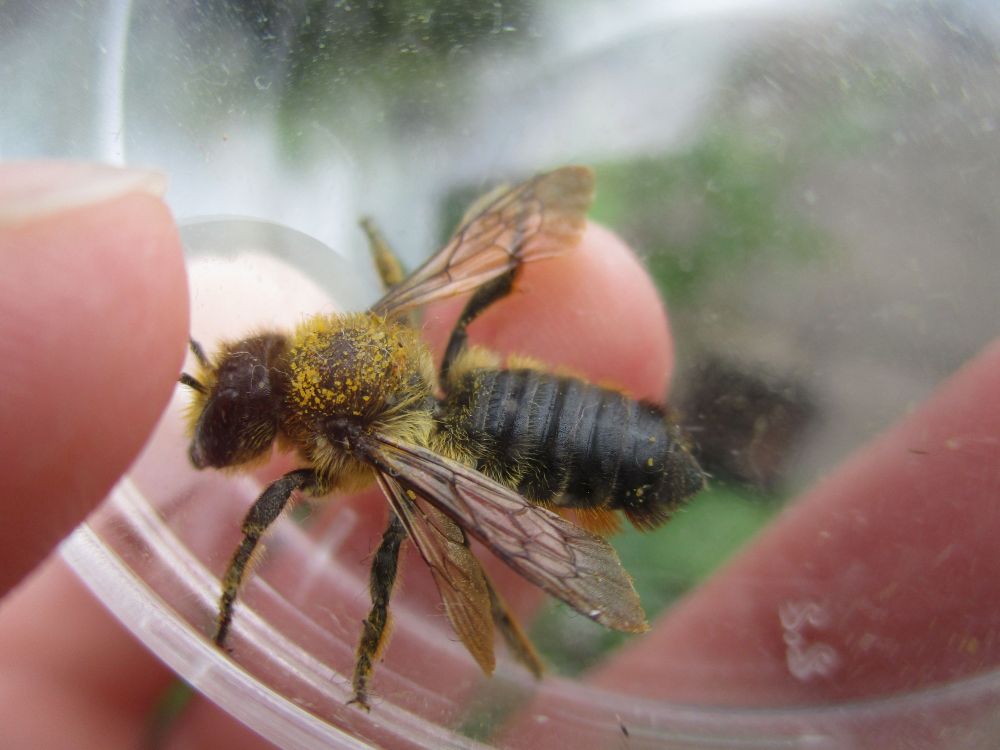
The site has a wide diversity of bees! [1/]
#KentNature #bees #entomology
#KentNature #Kentomology #Entomology #KentInsects #PaperWasp #Polistes #Wasp
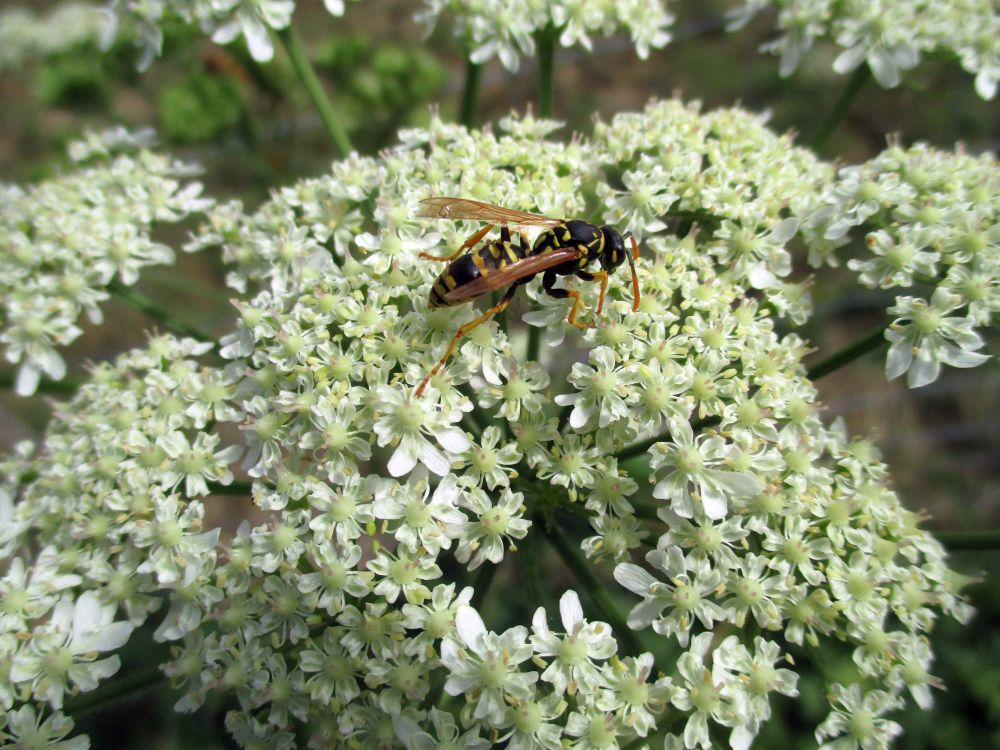


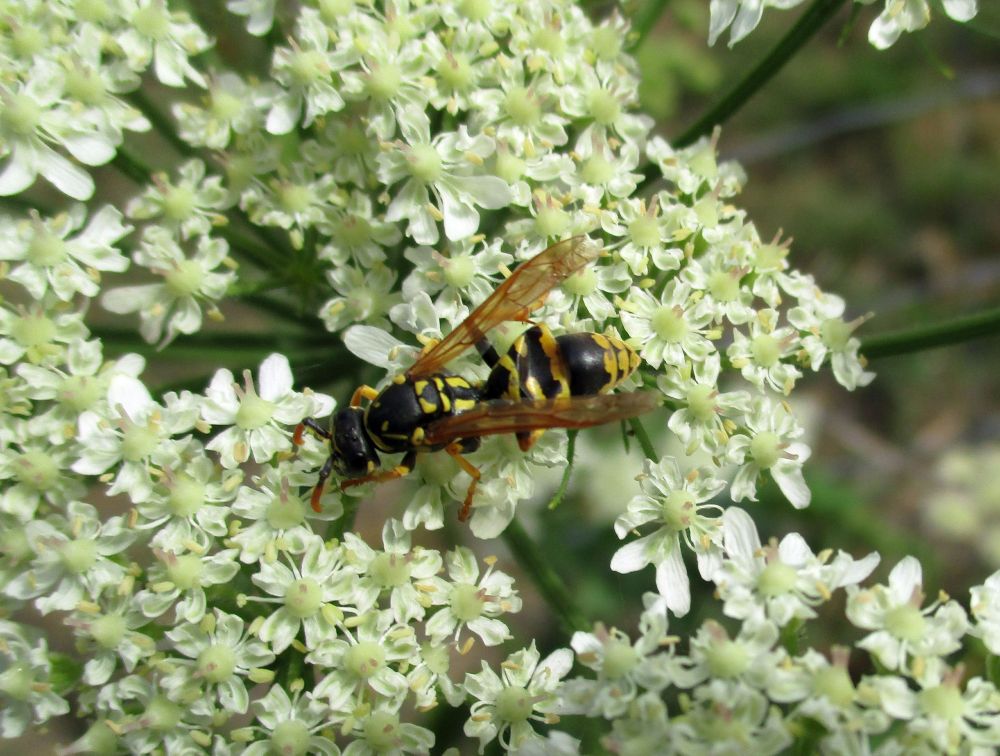
#KentNature #Kentomology #Entomology #KentInsects #PaperWasp #Polistes #Wasp

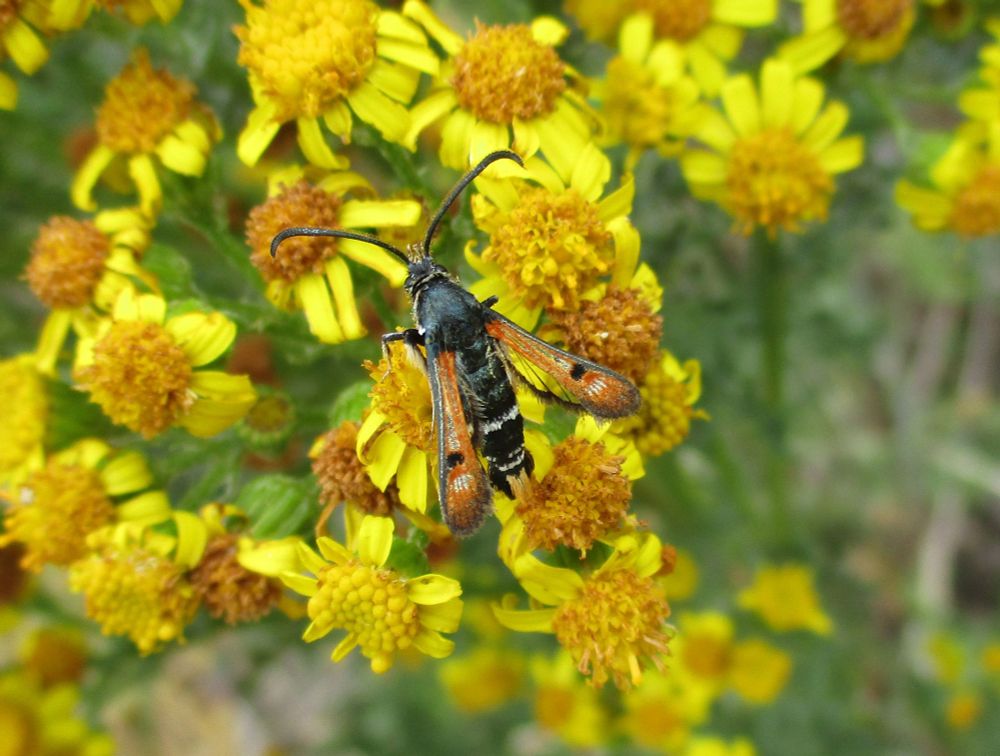
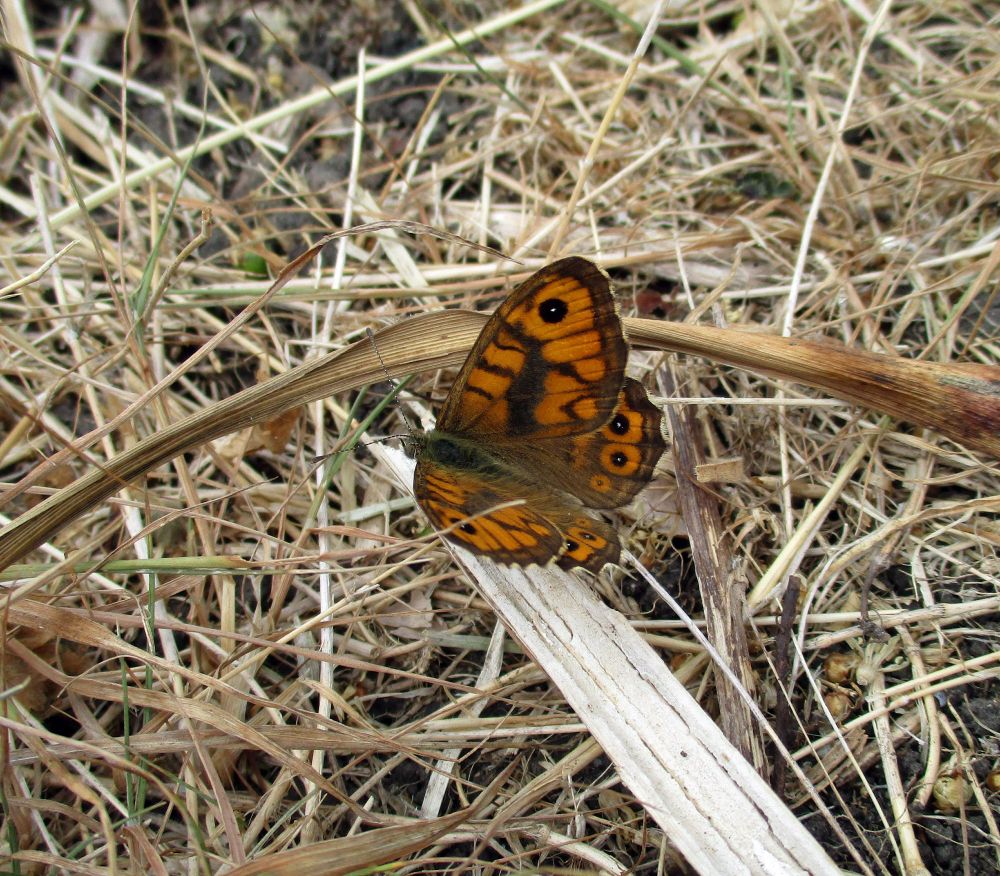
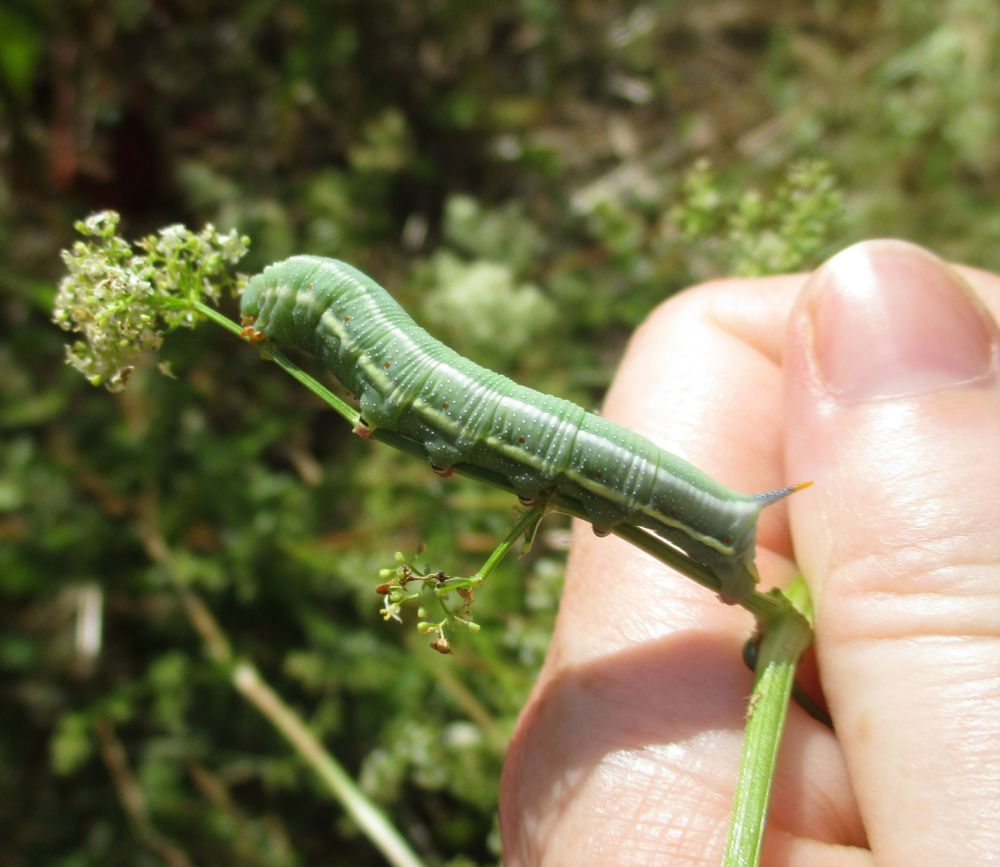

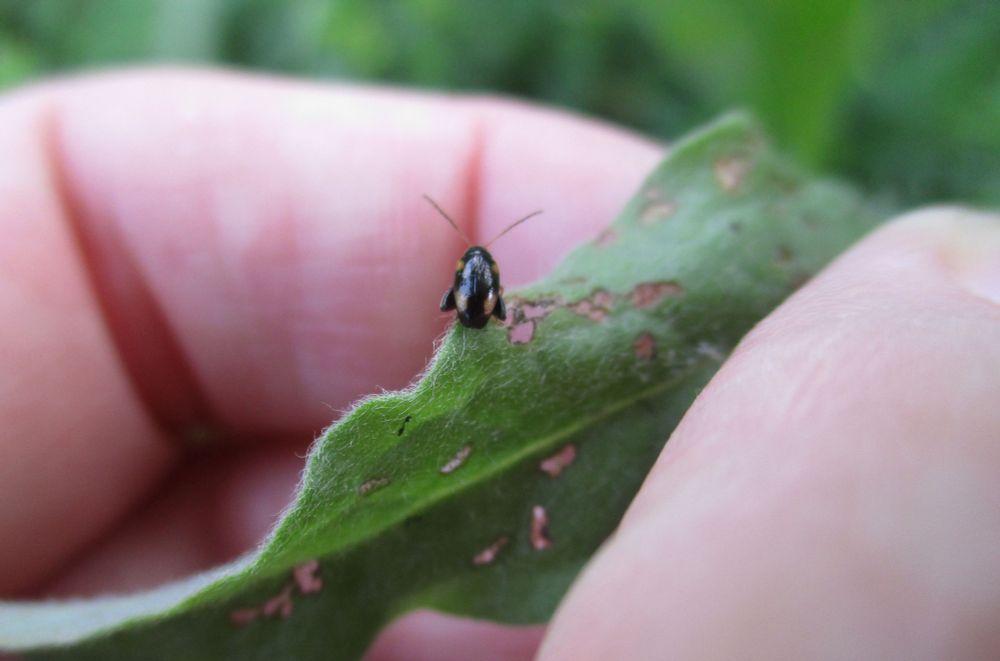
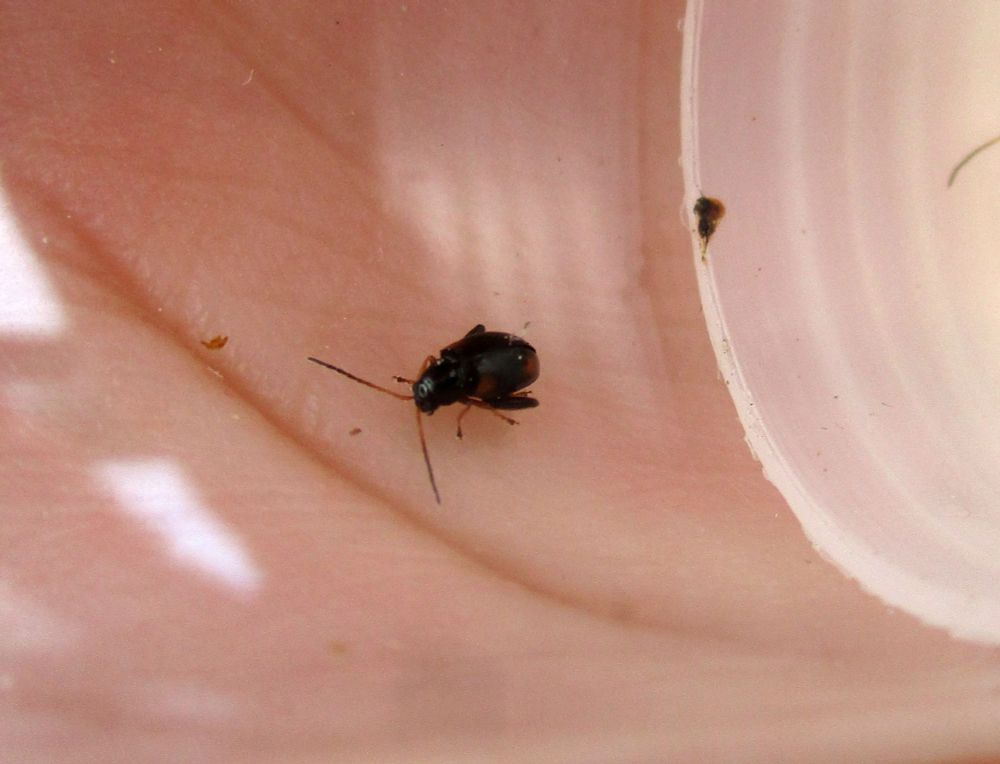





(a) you could give us some rapid information about the orchard and how bad the problem is; we are trying to work out UK-specific risk factors. Please use this form (or the QR code below).
forms.office.com/e/N3zFGvcMnr

(a) you could give us some rapid information about the orchard and how bad the problem is; we are trying to work out UK-specific risk factors. Please use this form (or the QR code below).
forms.office.com/e/N3zFGvcMnr
Are you an apple orchard grower or apple agronomist in the UK?
We are looking for capped blossom sightings in UK orchards, and a bit of information about the locations where you are finding them.
#IPM #AppleOrchards #AppleBlossomWeevil #Horticulture

Are you an apple orchard grower or apple agronomist in the UK?
We are looking for capped blossom sightings in UK orchards, and a bit of information about the locations where you are finding them.
#IPM #AppleOrchards #AppleBlossomWeevil #Horticulture
Location: Kent, UK
Foodplant: Comfrey (Symphytum)
#InsectID #WhatsThatCaterpillar

Location: Kent, UK
Foodplant: Comfrey (Symphytum)
#InsectID #WhatsThatCaterpillar
Cocoa suffers from lots of pests & diseases.
Integrated pest (& pollinator & disease) management is the principle of taking a more thoughtful approach to managing crop pests...
#IPM #SustainableAgriculture #PestManagement

Cocoa suffers from lots of pests & diseases.
Integrated pest (& pollinator & disease) management is the principle of taking a more thoughtful approach to managing crop pests...
#IPM #SustainableAgriculture #PestManagement
New evidence shows that cocoa productivity is really being limited by poor pollination. To increase this, one route is natural pollination - providing what insects need to breed and thrive, so they can do the work. We think rotting cocoa pods are important...

New evidence shows that cocoa productivity is really being limited by poor pollination. To increase this, one route is natural pollination - providing what insects need to breed and thrive, so they can do the work. We think rotting cocoa pods are important...
The soil on many cocoa farms is in poor condition. But many of the interventions that support healthy ecosystems also help soil, like use of shade trees and intercrops. Products like biostimulants can improve soil health and crop-soil-microbiome interactions.

The soil on many cocoa farms is in poor condition. But many of the interventions that support healthy ecosystems also help soil, like use of shade trees and intercrops. Products like biostimulants can improve soil health and crop-soil-microbiome interactions.
The most hi-tech cocoa farms use irrigation to ensure cocoa is not drought-stressed during increasingly erratic dry seasons.
This is harder for remote smallholder farms - you can't irrigate unless you have a water source.

The most hi-tech cocoa farms use irrigation to ensure cocoa is not drought-stressed during increasingly erratic dry seasons.
This is harder for remote smallholder farms - you can't irrigate unless you have a water source.

If cocoa farms become less productive and are not supporting the cocoa farmers' livelihoods, there is a risk that farms will expand - possibly into natural forest areas. New EU directives seek to reduce this. Good management should get more yield from the same land footprint!

If cocoa farms become less productive and are not supporting the cocoa farmers' livelihoods, there is a risk that farms will expand - possibly into natural forest areas. New EU directives seek to reduce this. Good management should get more yield from the same land footprint!
It's common for fewer than 5% of flowers on a cocoa tree to be pollinated under normal conditions. We still have big gaps in our understanding of cocoa pollinators & their needs. They may be threatened by drought, overuse of pesticides, & loss of breeding habitats.

It's common for fewer than 5% of flowers on a cocoa tree to be pollinated under normal conditions. We still have big gaps in our understanding of cocoa pollinators & their needs. They may be threatened by drought, overuse of pesticides, & loss of breeding habitats.
Among all the cocoa experts we talked to in Brazil & West Africa, climate change was mentioned often, & especially how it affects rainfall patterns.
This can mean: dry seasons are longer/more intense, wet seasons come early, late or erratically, & continue for longer, or end too soon.

Among all the cocoa experts we talked to in Brazil & West Africa, climate change was mentioned often, & especially how it affects rainfall patterns.
This can mean: dry seasons are longer/more intense, wet seasons come early, late or erratically, & continue for longer, or end too soon.

